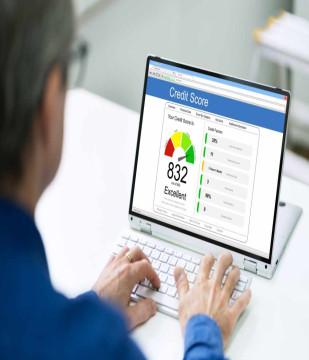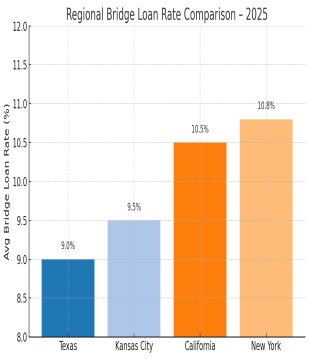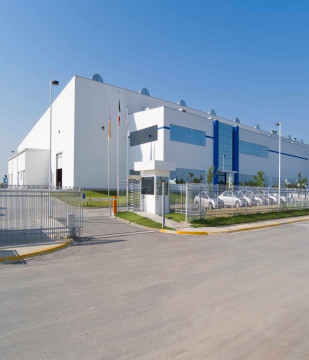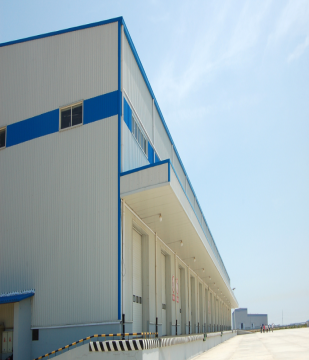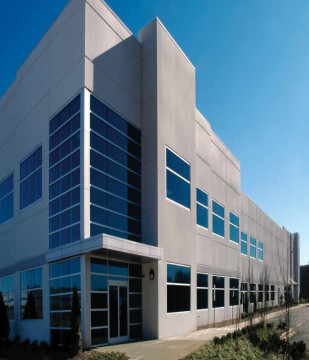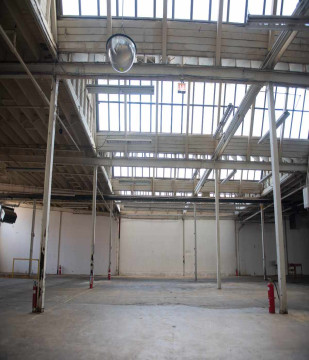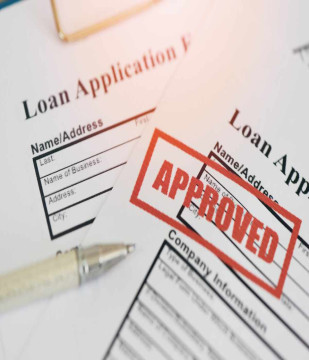Understanding Cash on Cash Return in Commercial Real Estate

Terrydale Capital
Jun 22, 2023 5 Min read
Introduction:
When it comes to investing in commercial real estate, understanding key financial metrics is essential. One such metric that plays a vital role in evaluating the profitability of an investment property is the cash on cash return. In this article, we will delve into what cash on cash return is and why it holds great importance for commercial real estate investors.
What is Cash on Cash Return?
Cash on cash return, often abbreviated as CoC return, is a financial indicator that measures the annual cash flow generated by an investment property as a percentage of the total cash invested. It provides investors with a clear picture of the return they can expect on their initial cash investment.
How is Cash on Cash Return Calculated?
To calculate cash on cash return, the following formula is used:
Cash on Cash Return = (Annual Pre-Tax Cash Flow / Total Cash Invested) * 100
The annual pre-tax cash flow refers to the net operating income (NOI) of the property after deducting operating expenses but before considering taxes and financing costs. The total cash invested includes the down payment, closing costs, and any renovation expenses.
The Importance of Cash on Cash Return in Commercial Real Estate Investing:
- Evaluating Investment Performance: Cash on cash return provides a clear measure of how well an investment property is performing. By comparing the CoC return of different properties, investors can assess which ones offer higher potential returns. It helps investors make informed decisions and allocate their resources wisely.
- Assessing Cash Flow Potential: Commercial real estate investments often rely on rental income. Cash on cash return takes into account the actual cash flow generated by the property, helping investors understand the income potential. It assists in evaluating the property's ability to generate positive cash flow and cover expenses, such as mortgage payments, maintenance costs, and property management fees.
- Risk Assessment: Cash on cash return aids in assessing the risk associated with an investment property. A higher CoC return implies a higher rate of return on the initial investment, which can help offset risks like market fluctuations or unexpected expenses. Investors can use this metric to compare different investment opportunities and choose properties that offer a better risk-reward balance.
- Investment Financing Considerations: Lenders and financial institutions often consider cash on cash return when evaluating loan applications for commercial real estate investments. A favorable CoC return indicates a property's ability to generate sufficient cash flow to cover debt service. A higher cash on cash return can increase the chances of securing financing or negotiating favorable loan terms.
Conclusion:
Cash on cash return is a crucial metric for commercial real estate investors. It provides valuable insights into the profitability, cash flow potential, and risk associated with an investment property. By understanding and calculating CoC return, investors can make informed decisions, allocate their resources effectively, and evaluate the performance of their commercial real estate investments. When you are ready to put your investing plans in motion, contact Terrydale Capital for the number one partner for ensuring your success.
Partner With Terrydale Capital for Your Debt Financing Needs
When it comes to debt financing, understanding the right timing, process, and options is crucial. At Terrydale Capital, we provide a comprehensive range of commercial loan solutions tailored to meet your business's unique needs.








